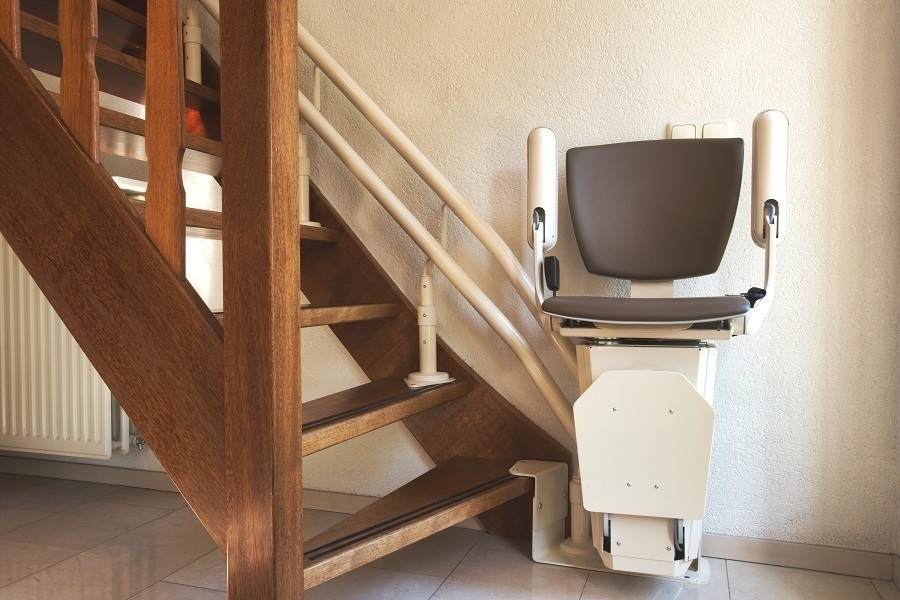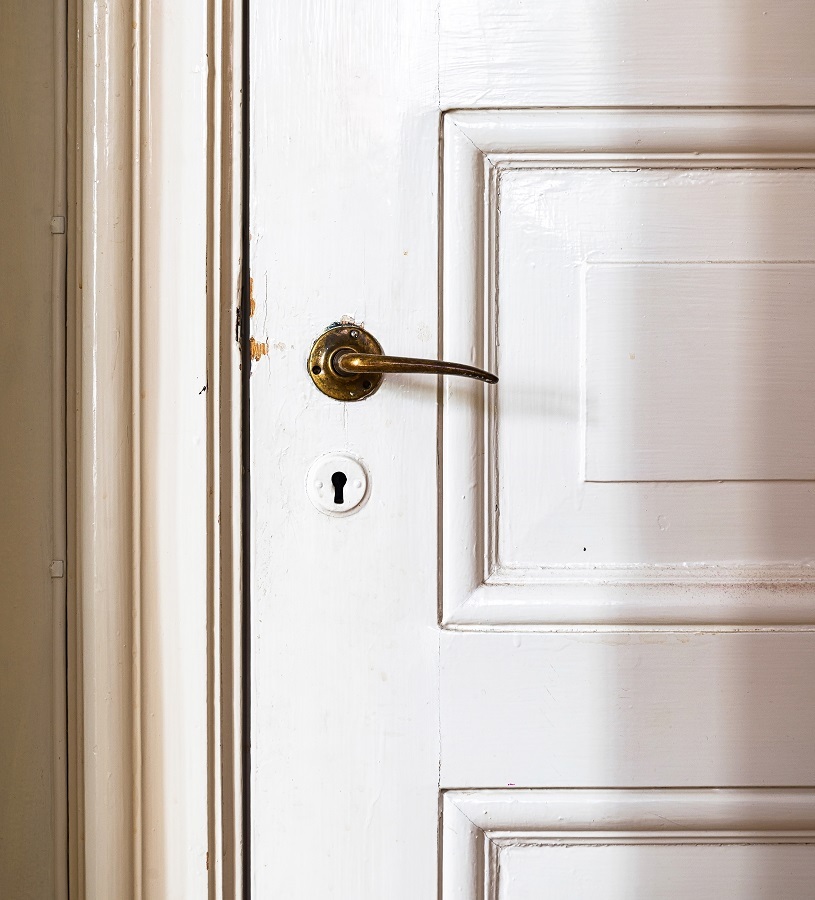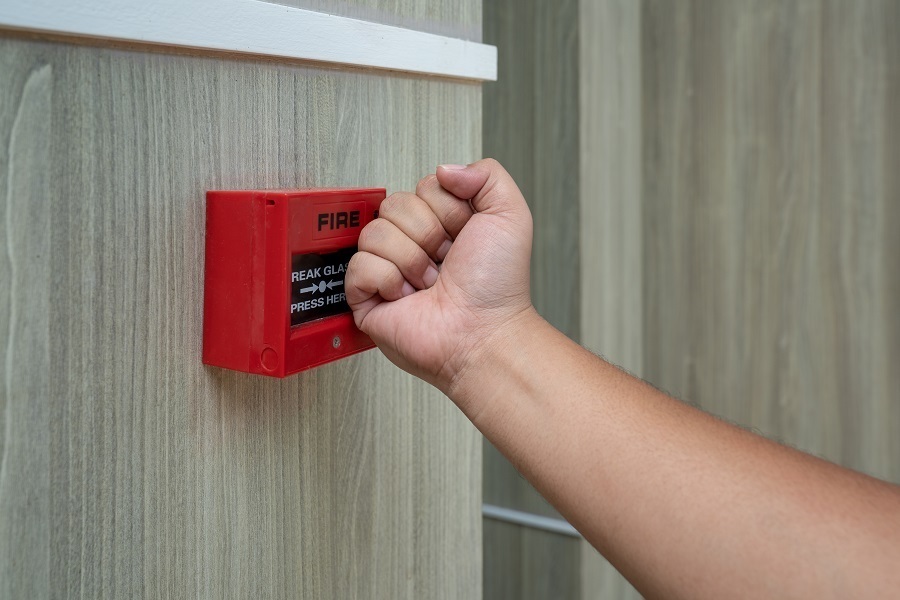Last updated on
Here are the steps you can take to make sure your home is accessible to disabled people. Read on!
Having a disability can be difficult, but there are ways to ensure your home is accessible.
Adjustments to your house can help you stay safe, comfortable, and independent.
This article provides valuable tips for ensuring that your home environment is accessible for those with disabilities.
What's Inside
Install Stairlifts, Ramps, or Handrails

When dealing with a disability, home accessibility is one of the most important considerations. Installing home stairlifts, ramps, or handrails can provide those with limited mobility with much-needed access to different levels of the home.
Stairlifts make getting up and down stairs easy, while ramps and handrails allow for safe maneuvering around uneven surfaces. By adding these features, you’re providing a comfortable and secure environment for yourself or someone who lives in your home with a disability.
Ramps are ideal for wheelchairs and other assistive technology as they offer an accessible way to get from floor to floor without using the stairs. They also help eliminate potential trips and falls when navigating uneven surfaces.
Handrails are a great addition to any home, especially for occupants with limited mobility. Installing handrails can provide extra stability when going up or down stairs and also help reduce the risk of trips and falls on slippery surfaces.
For those looking for home accessibility solutions beyond ramps and handrails, stairlifts are an excellent option.
According to the elevator specialists at www.stiltzlifts.co.za, customized stairlifts increase home accessibility and provide safe and easy access from one level of your home to another, allowing people with disabilities to move around their homes without relying on stairs or ramps.
Make Space for Wheelchairs and Other Assistive Devices

Making space for wheelchairs and other assistive devices is important in ensuring your house is accessible when you or a family member has a disability. Wheelchair users often require more room to maneuver than someone who does not need a wheelchair.
Additionally, certain assistive devices, such as walkers and canes, may require extra-wide doorways to fit through them comfortably. By making the necessary changes to ensure enough space for these items, you can make everyday tasks easier and safer for individuals with disabilities.
These changes include widening existing doorways or installing ramps leading up to the front door of your home. You should also consider whether any furniture pieces blocking pathways could be moved out of the way.
Additionally, it is essential to ensure that flooring is slip-resistant so that wheelchair users can move around without the risk of slipping and falling. Finally, storage solutions should be used to help clear pathways.
Install Lever-style Doorknobs

Lever-style doorknobs are an excellent way to make sure your home is accessible when dealing with a disability.
Lever-style doorknobs require only a light push or pull, instead of the twisting motion required by traditional knobs – making them a great fit for those living with muscle weakness, impaired range of motion, or arthritis.
They provide an easy solution that can help reduce stress and fatigue on wrists and hands while opening doors
In addition to being easier to use than traditional door knobs, lever-style doorknobs are also stylish and come in a variety of designs. This means they can easily blend into any interior design scheme without compromising the look of your home.
Plus, they are widely available and can be found at most home improvement stores or online.
Add Lighting

Adding lighting is an effective way to ensure that your house is accessible when dealing with a disability. For those with mobility impairments, poor lighting can be a significant obstacle in safely navigating rooms and furniture.
It is also essential for maintaining the visibility of exits or stairs in case of emergency. Improved lighting can allow people with disabilities to move around their environment more freely, helping them feel safer and more independent
Installing motion sensor lights is a great way to ensure that the lights will illuminate any space as soon as someone enters it, even if they don’t have the physical ability to reach the light switch.
This allows those living with disabilities increased safety and freedom of movement throughout their home. Additionally, task specific lighting (such as desk lamps) can be helpful for people who find it challenging to focus in a brightly lit room.
Add an Emergency Alert System

Having an emergency alert system in the home is a great way to ensure the house is accessible when dealing with a disability.
This system allows you to easily and quickly contact first responders in an emergency. It can also help ensure that those living in the home have access to any necessary medical equipment or services if needed.
Installing an emergency alert system also provides peace of mind for anyone living in the home. Knowing that help will be available at all times can give people with disabilities more confidence to remain independent, even if they experience a health crisis.
An alarm system can also provide additional security and monitoring features, such as motion detectors and cameras, which can be particularly helpful for someone with mobility issues.
By following these tips, you should be able to make sure that your home is accessible and livable for those with disabilities. Preparing in advance will help you feel more comfortable living in your home and dealing with any disability.




